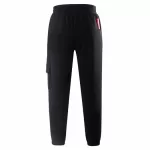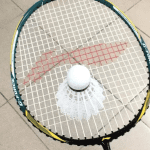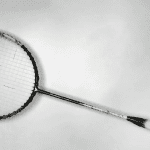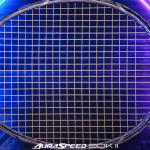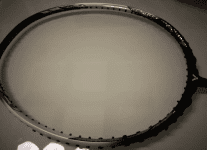
Badminton Racket VICTOR AURASPEED 90K Reviews
The 90k has been around for over a year since I moved on, and was considering it along with the 90S, and after much hesitation chose the former. As a result, in that time, I’ve watched its price firm up and go up, never better, and with a good reputation for all to see, I couldn’t resist the curiosity in my heart, and took it in at today’s high level, at a big loss.
This is one of Victor’s only two flagship offensive beats with a good reputation at the moment.
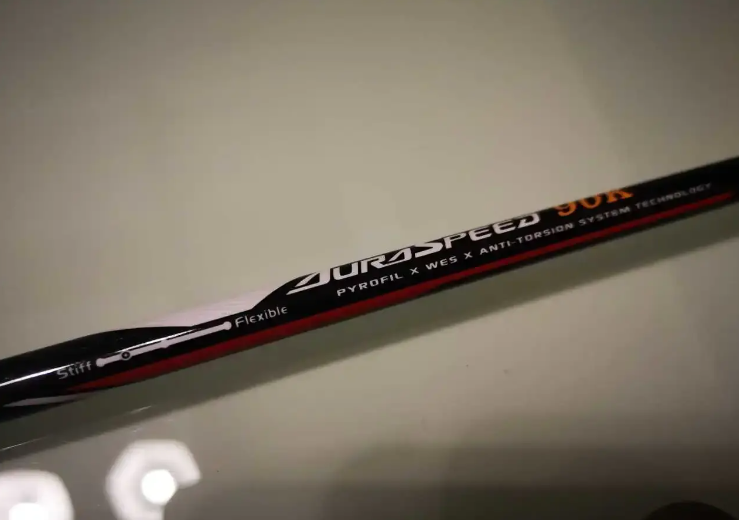
Parameters: 4UG5, total weight of 88g with sole and top line on hand rubber, balance point of 307mm, 6.8mm Bairo carbon center with wes and anti-twist system, hard tuning, composite kenshiguchi frame type, 9-3 point line slot, 24-26lbs of drawstring bg65ti.
This racket, it’s beautiful. Or rather, all three AURASPEED 90 siblings are very good looking. Officially named Iron Gray, the inside of the racket frame has glow stickers, the overall painting white, simple but strong sense of hierarchy, the same is to give a person a kind of “this is the protagonist of the machine” impression. The beat overall sense of technology is very strong, after all, this time is not stingy to all the technology tree are printed on the beat, like the sponsors of the F1 body as full. In fact, the home of the technology is really all arranged in place, literally the same full 90F main difference in the strong heart filling, so there is a better resistance to high poundage performance.
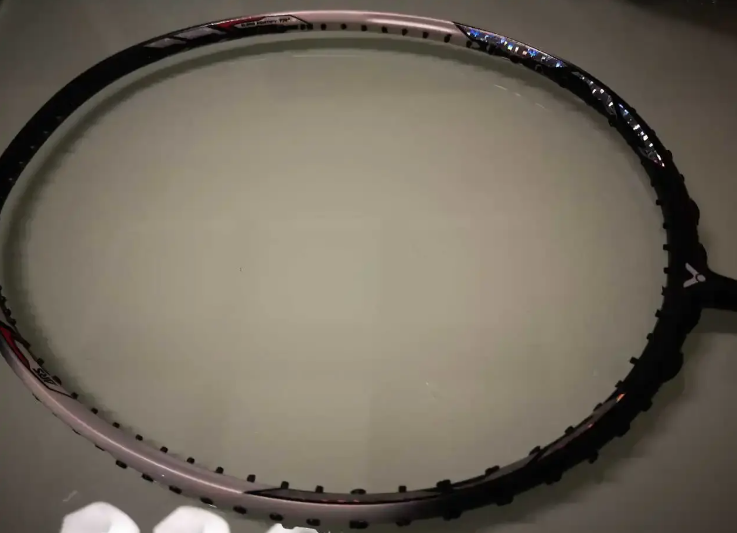
The 90k has a good amount of weight in the hand, and the overall stiffness of the racket can be felt in the air. Although the balance point is not too high on the books, there is a feeling of being unable to stop when swinging – not only the inertia of the racket itself, but also the high swing speed created by the extremely smooth stroke of the AURASPEED frame. Comparing the three 90s side by side, you can still find that although the frame shape is the same, the 90k frame is thicker and thicker, and the thickness of the frame at 3 and 9 o’clock is the thinnest in the 90s, which is reflected in the swing speed of the three rackets, but there is still a difference. Of course, the thicker frame also brings higher rigidity, which can reduce the risk of damage caused by collision and improve the quality of the ball, on the basis of the non-collapsing this point can be separated from the 90s on the gap in the word of mouth.
The first time I hit the ball, it was still the same big frame, big sweet spot feeling, although the center stick is stiffer, but the stronger head weight makes the ball still very easy to lend strength. 90 three masters in the initial experience has shown a clear difference: the S of the tough pop, F of the soft pop, and the K of the hard pop. The 4u version I have is quite suitable for use, but this texture is not easy to manage for newcomers, so the K is not suitable for newcomers than the s/f which are not picky about users.
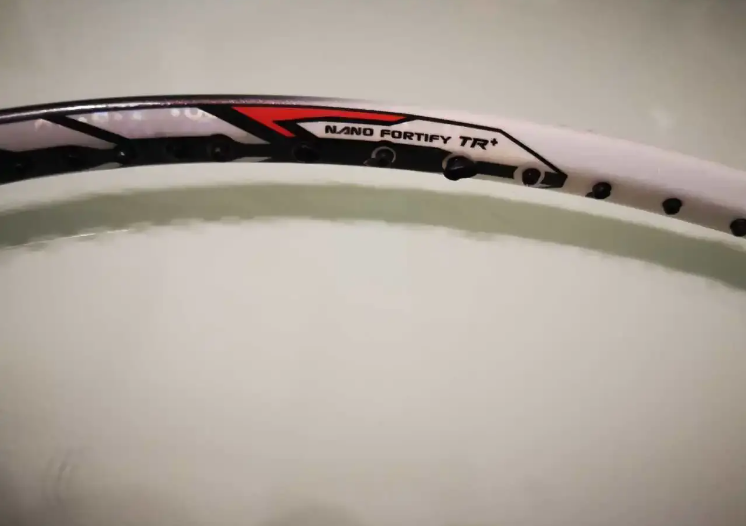
The 90k’s stiff, rigid feel is evident at every turn, with a well-directed shot that is straight out of the traditional box-frame attacker’s racket. The feedback out of the ball is immediate and the ball stays on the line bed for a shorter period of time compared to the FS, thus requiring more power from the user when using it. However, although the travel of the ball out of the bounce has become shorter, the confidence of the small ball release rubbing is still full, and the large frame racket has an inherent advantage in developing the feel of rubbing, lifting, chopping, and hooking, and the feedback of the backcourt chopping and lifting is more of the feeling of the ball being aimed to bounce out than wrapping the ball head down. However, in the passive ball handling is also more inferior than the FS, giving a narrow window of time to react and complete the power, need to be more concentrated, catching the pick, backhand area, head area will be a little harder to deal with, power is difficult to be comfortable, it is not easy to return in place to get rid of.
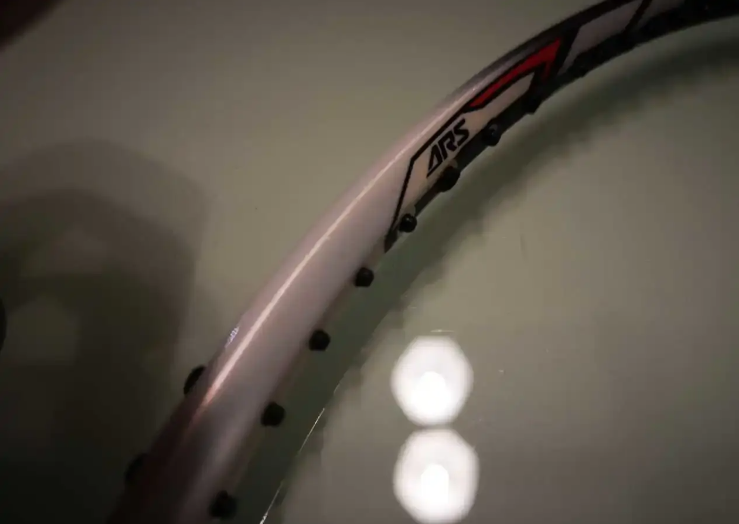
The 90k has a very powerful overhand, which is a standard offense racket performance. The speed of the ball, if it is a wide-open pulling and hanging style, it is easy to find the technical experience of this racket in the flat and high ball, which is different from the traditional speed racket, it is very punchy, and the suppression effect is very good. The downward pressure is very strong, the wes is very effective, and the quality of the kills is also very high thanks to the strong center and the line bed, which allows for very heavy kills. Whether it’s a point or a hard kill, there is no shortcoming in this racket’s performance, and there is no slowdown. If you feel that this racket is not good at hitting the active ball, it may be more necessary for the user to improve his/her self-competence, in addition to the inappropriate style. Compared to the same time, F’s killing will be a grade worse, while the S and K’s performance is more like a difference in orientation, there is no superiority or inferiority: the same can kill high ball speed, the S is more dependent on the elasticity and wrapping, can be a quick start to the hand up and down, the power of the swing process is smoother, the rhythm of the more compact confrontation in the faster and more frequent, the landing point can be compromised; the K has a hardness and quality of the support, each shot downward pressure of the landing and the power of the upper limit, and also adapt to the user’s self-capability. The K has the added stiffness and quality, with a higher upper limit for each shot’s drop and punch, and also adapts to powerful kills, but at the expense of more or less consistency and a higher level of power for the user. Overall, the 90K has no shortcomings on the offensive end, and has stepped into the ranks of first-class offensive rackets, depending on the user’s ability to eat. In this regard, if you are a 90K player who is struggling with the watermelon blade, it can be reduced to a matter of choosing between face forgiveness and sweet spot concentration.
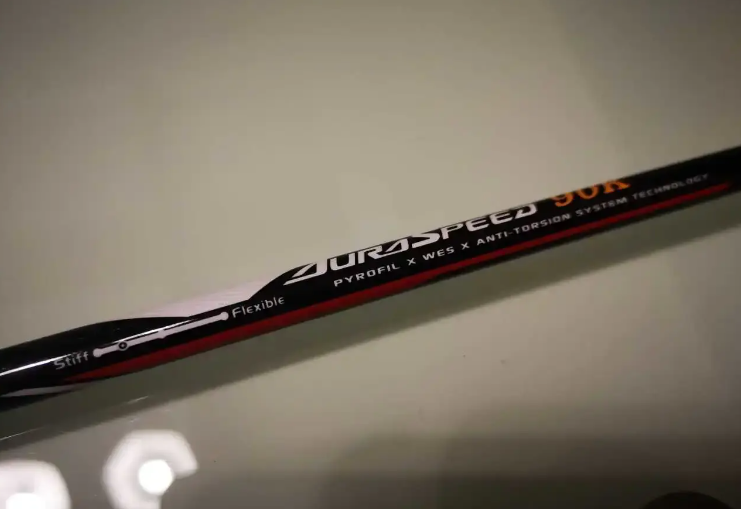
The 90k is also a good flat draw blocker. It may not start as well as other speed racquets due to the slightly increased head weight, but the three advantages of high swing speed, punchy shots and quick recovery are very useful, and when your side is standing a meter or so behind the front serve line, you can deal with a flat block without being weak, and there isn’t a racquet in the 90 series that doesn’t excel in this regard. Setting up the racket to kill the front block is a win-win situation for both sides of the net, and the 90K has significantly fewer blocking errors than the 88D, which is prone to flopping out of bounds at the net due to a backward hit point. Unfortunately, the front court should do more work, the small arm is more prone to soreness, health or to count F.
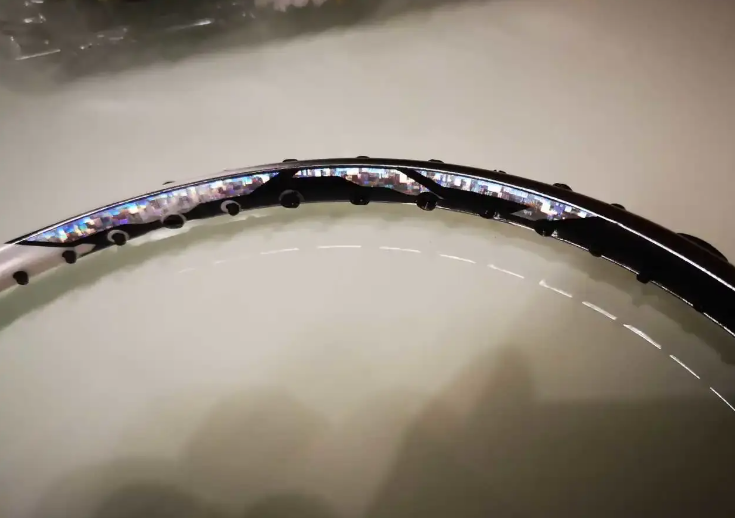
Going back to the original discussion, this racket being the second entry in the 90 series, I have always considered it to be the masterpiece of the entire AURASPEED family, even with the equally luxurious 90F/100X having come out, it doesn’t detract from the image of the 90k as a pedestal in my mind, which, to borrow Mr. Fat Tiger’s words, is a masterpiece combining offense and speed. Although the 90F is still being tested, all three AURASPEED 90 rackets are very good at meeting the manufacturer’s positioning for them, and in my personal opinion are very successful as a product, which is fully reflected in the price of the 90S on the second-hand market in the wake of the 90S collapse fiasco.

